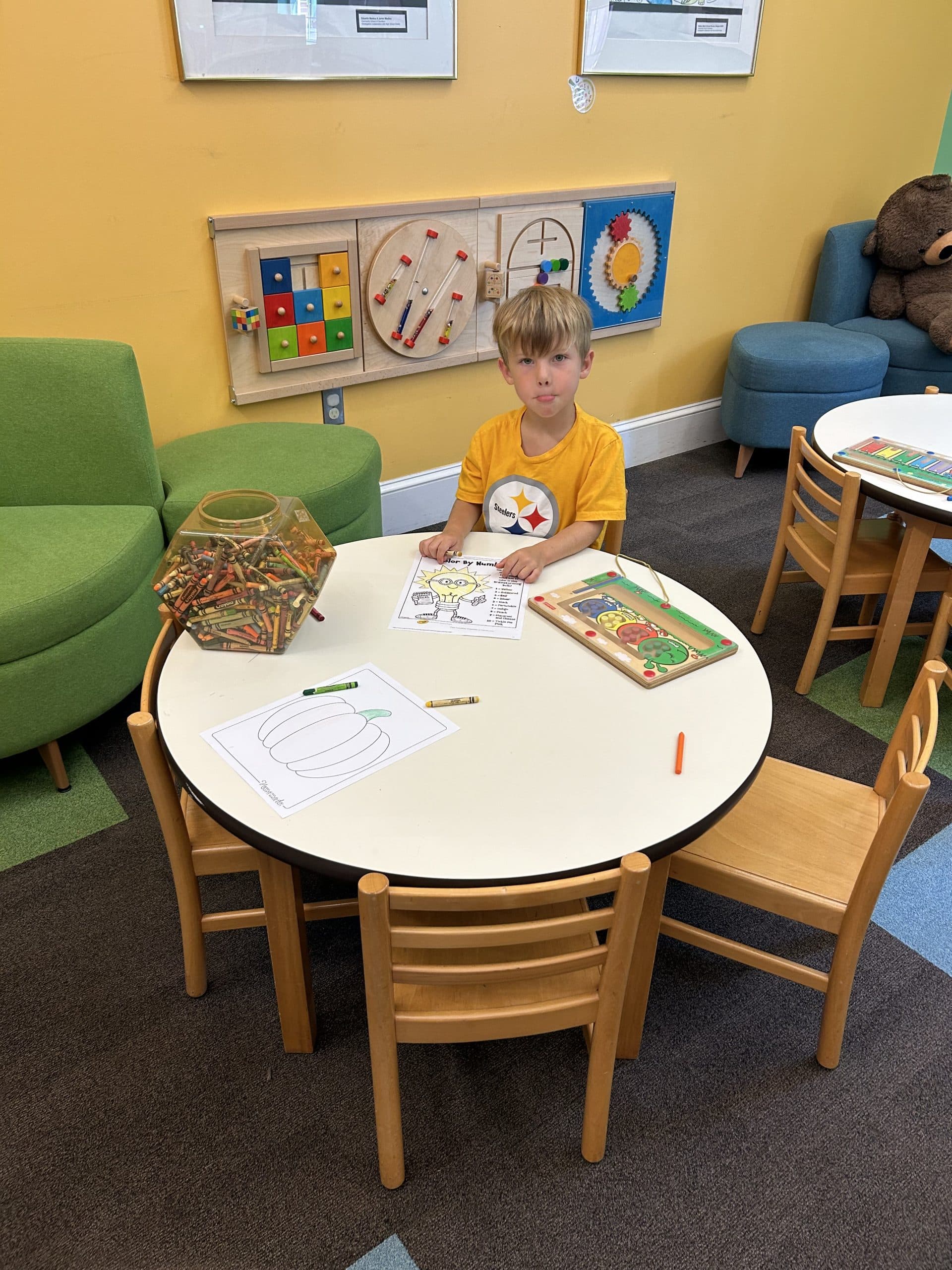Graphic novels are very popular with students of all ages. However, many parents and teachers claim they are not ‘real’ books. Today, students exist in a society through visual media. Graphic novels are part of this visual media.

Not All Are About Superheroes
Many graphic novels promote literacy. Students with lower reading levels build their confidence in reading while they boost language skills. These skills include inference, memory, sequencing and comprehension. In addition, students slow down to look at images and text to understand the plot of the story. As students use both text and pictures, they build abstract skills and skills that challenge their thoughts. As an added bonus, they expose students to art. Lastly, they share the interest of both boys and girls.
The comic book style depicts the moods of characters. This leads to discussions on the intentions of the author. These novels are as rich in content as traditional novels. They contain complex plots and exciting story lines. The characters experience conflicts and resolutions as do traditional books.
Graphic Novels or Comic Books
The design of the novels are similar to comic books. However, comics are serial in nature and novels are not. They read as a single story and develop the same as traditional novels. In addition, they are more complex than comics. Classroom use of the comic-style novel is widening because of the various reading levels and learning styles of students.
Graphic novels are not new. They develop knowledge, literacy strategies and serve to build a student’s interest in reading. In addition, they have emotional appeal and provide intellectual stimulation for both children and adults. They are enticing and encourage reading. Teachers and parents need to appreciate, promote and utilize them along with other books in school and home libraries. A picture is worth a thousand words.
![]()



